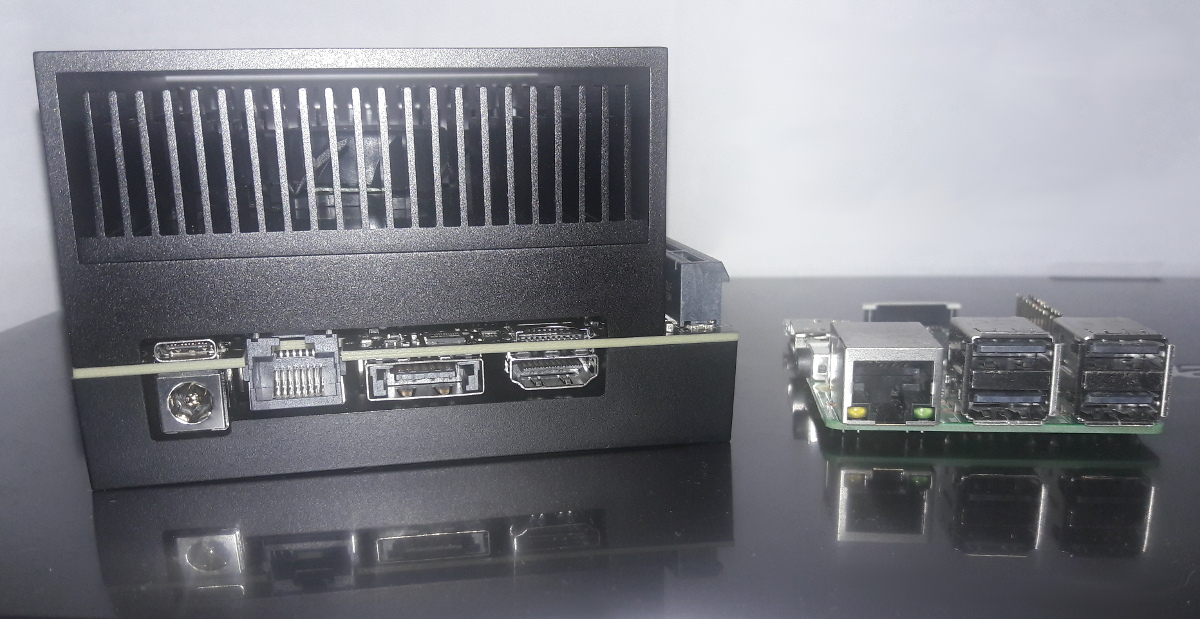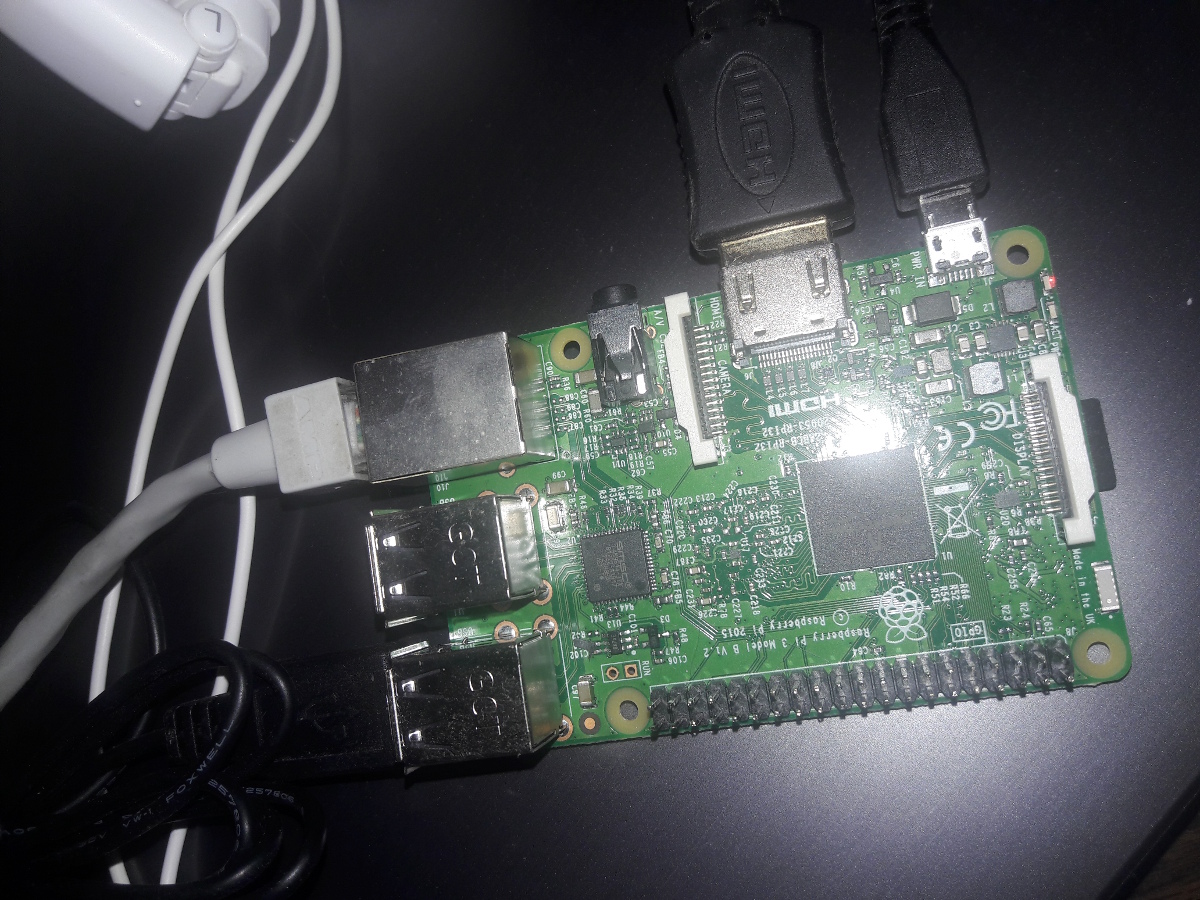A site for solving at least some of your technical problems...
BIND errors between masters and slaves
Submitted by Alexis Wilke on Fri, 06/05/2020 - 16:01
Using BIND as a Master and a Slave simultaneously
I got BIND on two servers (the named service). Each server is at the same time a master and a slave depending on the domain name. For instance, I host http://www.alexishouses.com on my server and http://www.m2osw.com on my company's server.
Up to here, easy.
The slaves are expected to update themselves whenever the master emits a change in a zone.
Somehow, one of my domain names would not work at all on the slave (company's server). I searched and searched and I just couldn't find out why it was not working. Finally, I ...
Drupal 6 and the <!--break--> comment
Submitted by Alexis Wilke on Sun, 05/31/2020 - 17:46
The <!--break--> comment has been used by Drupal to seperate the part of the text to show as a summary of your post and the rest.
That summary is often used on your front page, list views, etc.
The problem is that at times it breaks the editor. Something goes wrong and you just can't edit the post anymore.
To fix the problem, remove the break. Oh! But...
Effectively, you can't edit the post if it has a break so you can't edit the post to remove the break. At least not easily. That is, you could copy the part before the break and then edit and then paste. If you have ...
Various settings/tweaks I needed for my Jetson Xavier AGX
Submitted by Alexis Wilke on Sun, 05/31/2020 - 16:31
First Boot
If you're here because the first boot didn't work, the system showed a message in the console saying:
a start job is running for End-User configuration after initial OEM installation
Then you most certainly have the network connected. The Jetson will not start if there is a chance that it is connected to the Internet and thus could let someone from the outside connect to the board unless you already setup a user account with your very own user name and password.
This is done like this because of a new law in California which now forces people to enter a ...
13,075 Ports Checked by Hackers in One Single Week
Submitted by Alexis Wilke on Sat, 05/23/2020 - 20:17
Here I have a table of 13075 ports that hackers have been trying to access on one of my servers in one week. Many are well known ports. Most are rather random... This clearly shows you why you want to have a firewall properly setup on your computer. If you run any local services (all computers do) then hackers can connect to them unless you block them with a strong firewall setup.
For sure, if you see a port or service name that you recognize (that runs on your computer), then know that anyone on the Internet will be able to connect to it if you do not have a firewall in place. If ...
Wordpress Editing Page stuck in “Saving ...”
Submitted by Alexis Wilke on Sat, 05/16/2020 - 11:44
Today, while working on an article about black holes, I experiences this Wordpress problem where my page was stuck saying that it was being saved. Interesting since I was not kicked out (logged out) and other features still worked in other pages of the website I had opened.
I'm not totally what happened, but I was able to open the post in another tab (i.e. right click on the Wordpress logo at the top-left and select "Open in a New Tab" then navigate to your posts and click on the one which is currently stuck) and it told me that there was a newer draft than the current ...
How to setup a Linux firewall
Submitted by Alexis Wilke on Thu, 05/14/2020 - 22:56
Introduction
If you setup a Linux box, you want to setup a firewall before you connect your computer to the Internet. If you are setting up a remote server, it should only have the SSH port open. Connect to it, setup the fire, then only install the other servers and open ports as required (and only ports that need to be connected from the outside.)
Any port that you open without the firewall already setup is at risk. You may want to install PHP and along will come a database which may open a port to the Internet. Something that you just don't want to happen.
Setup Firewall
To ...
Setting up my Raspberry Pi 3 WiFi network
Submitted by Alexis Wilke on Fri, 05/08/2020 - 00:31
Preparations
Well, that was a bit of work and I don't have all the answers yet, but I was able to setup the WiFi network on my Raspberry Pi 3.
The steps are numerous because it did not work on my first attempt!
First of all, if you have MAC addresses firewalls and similar on your network, you want to check on that first and open the door to your Pi. I have such on my Belkin WiFi Router and on my main server so anyone can't just connect to my systems.
To see the MAC address of the Pi 3 WiFi, all I had to do is:
ifconfig
...
wlan0 ...
ether 01:23:45:67:89:AB ...
...
Jira requirements on Ubuntu and other Linux systems
Submitted by Alexis Wilke on Thu, 04/16/2020 - 23:17Introduction
I have to install Jira on two new VPSes so I wanted to have notes about the various tools that I need to install to make it all work.
The list should also work on your other Linux systems, such as Debian, Fedora, RedHat, etc.
This is not a replacement for the installation instructions found on the Atlassians website. It is complimentary so you can quickly get it installed on your servers. The problem being that usually you just do apt-get install <something> (on Debian/Ubuntu) and all dependencies get installed automatically. With Jira, since they only offer a ...
Gantt Charts on Linux/Mac/Windows
Submitted by Alexis Wilke on Fri, 04/10/2020 - 15:26Example of Gantt Chart
If you've been trying to determine how long a project was going to take, maybe you've heard of the Gantt Charts. This is a way to setup a chart which gives you the ability to calculate how long the project is going to take (or at least it will give you a pretty good idea).
The charts themselves can be difficult to read especially if really large, but the point for me is the amount of time my engineers are going to take to finish up a project. There is such an editor in MS-Office. Unfortunately, that one isn't free, it is Microsoft centric (only works on ...
Upgrade your snap packages on the spot
Submitted by Alexis Wilke on Thu, 02/27/2020 - 21:30
Refreshing (a.k.a. upgrading)
Usually your snap packages automatically get upgraded when newer versions are made available from the source.
One in a while, though, you may want to run a manual upgrade to make sure that you've got the latest of everything. This is done like this:
Recent Posts on The Linux Page:


